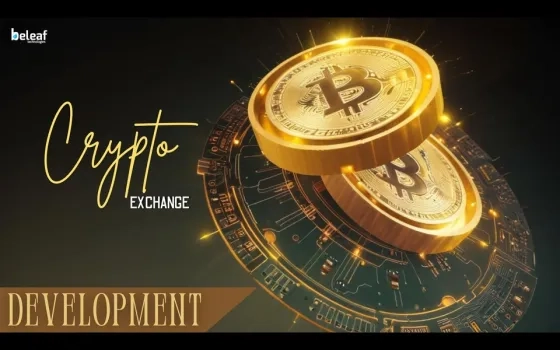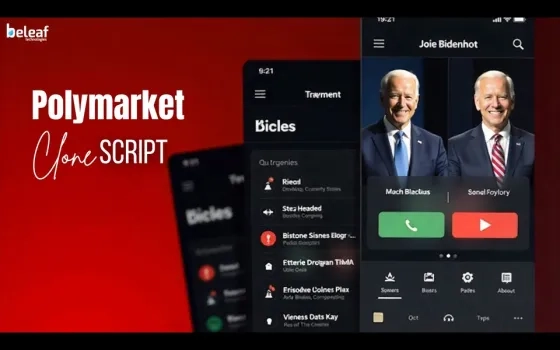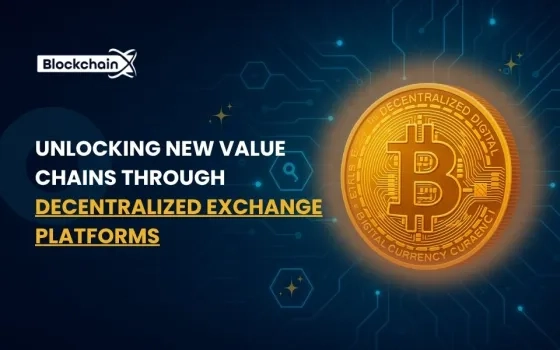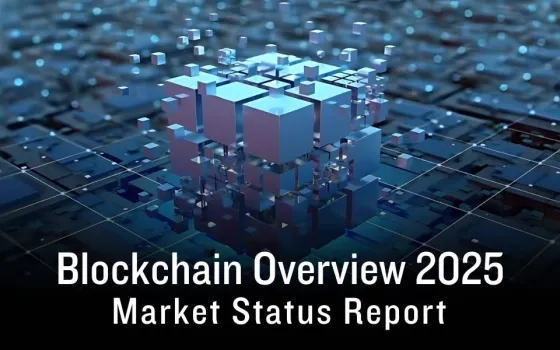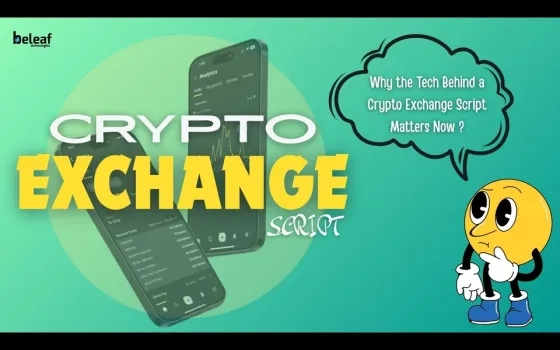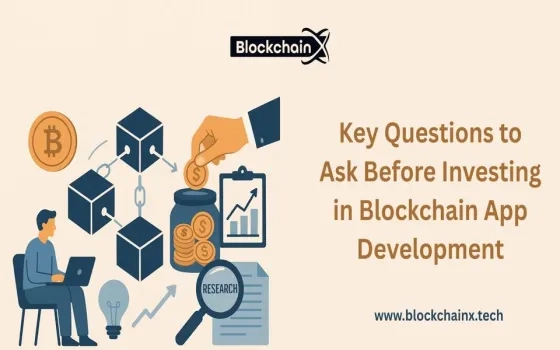In the fast-moving world of crypto, the moment your token hits a cryptocurrency exchange—whether centralized (CEX) or decentralized (DEX)—marks a pivotal milestone. Exchange listings go beyond mere accessibility. They unlock market visibility, elevate investor trust, catalyze community engagement, and can drive substantial price discovery. Whether you’re a startup launching a niche altcoin or a DAO scaling a DeFi product, your listing strategy can define your token’s success. But getting listed isn’t just about filling out a form. It’s a structured process involving due diligence, compliance, tokenomics readiness, smart contract verification, liquidity planning, marketing, and negotiation with exchanges. This guide breaks down each step needed to navigate listings on both CEXs and DEXs with confidence.
Understanding the Difference Between CEX and DEX Listings
Before diving into the process, it’s essential to understand the differences between centralized and decentralized exchange listings. Centralized exchanges (like Binance, Coinbase, or KuCoin) act as intermediaries, offering high liquidity, fiat on-ramps, customer support, and exposure to large user bases. However, CEX listings involve stringent compliance procedures, significant listing fees, and custodial handling of user assets.
On the other hand, decentralized exchanges (like Uniswap, PancakeSwap, or SushiSwap) operate through automated market maker (AMM) protocols and smart contracts, giving anyone the ability to list a token. DEX listings are fast, permissionless, and ideal for community-driven tokens, but they require liquidity provisioning and independent promotional efforts.
For most projects, a balanced strategy involves launching first on a DEX to build traction and community before pursuing listings on mid-tier and top-tier CEXs. Each path has its own demands and requires a different level of preparation.
Step 1: Preparing Your Token for Listing
The first step in getting listed is ensuring your token is fundamentally sound and technically compliant. This starts with smart contract audits, KYC of founders, clarity in tokenomics, and full documentation of the token utility. Whether your token is based on Ethereum, BNB Chain, Solana, or another blockchain, the smart contract must be tested, audited, and free from vulnerabilities that could compromise the exchange or its users.
Tokenomics is another critical element. Exchanges want tokens with sustainable supply models, clear utility, and long-term user incentives. Make sure your allocation for team, treasury, ecosystem, and liquidity are transparent and responsibly balanced. Projects with broken or overly centralized tokenomics risk rejection from both DEX aggregators and CEX listing teams.
You should also have a whitepaper, litepaper, pitch deck, and public GitHub repository ready to share. Having an open, verifiable tech stack and a clear roadmap dramatically improves your credibility in the eyes of listing managers.
Step 2: Building Early Community and Organic Hype
Exchanges, especially centralized ones, are profit-driven. They favor tokens that already have strong communities, high engagement, and trading potential. Before applying to a CEX or deploying on a DEX, build your base. Use Telegram, Discord, X (formerly Twitter), and Reddit to gather early followers. Host AMAs, launch bounties, and distribute limited airdrops to create buzz.
If your token has no real traction, top-tier exchanges won’t see the value in onboarding your asset. CEX teams assess metrics like daily active users, social growth, token holder distribution, and mentions on forums and aggregators. Likewise, DEX traders are more likely to provide liquidity if there's an active narrative and visible demand behind your token.
You don’t need millions of followers, but a committed and responsive early community acts as social proof and makes you stand out among thousands of projects applying for listings.
Step 3: Listing on a Decentralized Exchange (DEX)
For most crypto projects, the first real trading experience happens on a DEX. Uniswap, PancakeSwap, and others allow you to list tokens quickly by simply creating a liquidity pool. The process usually involves pairing your token with a base asset like ETH, BNB, or USDC and supplying a portion of both tokens into the pool.
The steps typically include:
-
Verifying the token smart contract address
-
Creating a pool on the DEX interface
-
Supplying initial liquidity (e.g., 10,000 $TOKEN + 10 ETH)
-
Promoting the trading pair across your community and aggregators
Once listed, anyone can trade your token permissionlessly. However, liquidity depth becomes a key factor. Thin liquidity leads to slippage and poor trading experiences. Projects often lock a portion of liquidity for 6–12 months using services like Unicrypt or Gnosis Safe to increase investor confidence.
After launching, list your token on price aggregators like CoinGecko and CoinMarketCap to reach more traders. Make sure your contract, supply, and official links are submitted properly to avoid scams or impersonation.
Step 4: Planning Your Centralized Exchange (CEX) Listing
Centralized exchange listings are more involved. They often require direct outreach to exchange teams or listing brokers, legal compliance documents, and sometimes even negotiation of listing fees or market-making commitments. Before you reach out to any CEX, prepare the following:
-
A pitch deck showing market traction
-
Legal opinion letters on token classification
-
Audit certificates and smart contract documentation
-
A listing request form (varies by exchange)
-
Key stats like total holders, TVL (if DeFi), and unique wallets
Some exchanges will require KYC of core team members and compliance with regional regulations like MiCA in Europe or the SEC in the US. Others will ask for token allocation towards marketing or liquidity provisioning on their platform.
Mid-tier exchanges like MEXC, BitMart, and Gate.io are often more accessible than Binance or Coinbase. Start there to build reputation and volume, then reapproach tier-1 exchanges once your metrics scale.
Step 5: Managing Liquidity, Volume, and Market Making
Liquidity is critical for both CEX and DEX success. Without sufficient liquidity, traders will suffer from slippage, wide spreads, and failed transactions. On DEXs, liquidity depends on how much you lock into your pools and whether you incentivize liquidity providers with farming or rewards.
On CEXs, some platforms provide liquidity assistance, but many require you to hire third-party market makers. These are specialized firms that place buy and sell orders to ensure price stability and trading activity. They help maintain your token’s order book, prevent flash crashes, and boost confidence among retail traders.
Many exchanges ask you to commit to a minimum daily volume or token float to ensure listing health. If you can't deliver this volume organically, you may need to partner with a market maker who can help you meet those benchmarks.
Step 6: Coordinating Your Marketing and Listing Announcements
A listing isn’t just a technical event—it’s a massive marketing opportunity. Time your listing announcement with a coordinated PR push, influencer amplification, community campaigns, and social media promotion. Get press coverage on Cointelegraph, The Block, Decrypt, or niche crypto news blogs. Line up KOLs to tweet about the event as the listing goes live.
Create countdown timers, infographics, and teaser videos to build hype ahead of the listing. Schedule AMAs with the exchange, run trading competitions, and launch referral or staking rewards. The more excitement you generate, the more initial trading volume you’ll receive—helping you climb the charts and attract organic interest.
For DEX launches, you can use sites like DexTools, DEX Screener, and GeckoTerminal to track your token in real time and direct users to the right contract address.
Step 7: Post-Listing Support and Community Management
Your job doesn’t end after the listing. In fact, post-listing support is what separates successful tokens from flash-in-the-pan projects. Monitor your token’s price, volume, and liquidity in real time. Engage with your community on feedback, and continue publishing updates to maintain momentum.
For DEX listings, consider launching a staking or farming program to keep holders engaged. On CEXs, run periodic promotions and reward loyal traders with giveaways or limited-time bonuses.
Make sure to submit regular updates to CoinMarketCap and CoinGecko to keep your listing profile active. Neglected tokens with outdated social links, inactive development repos, or no news can quickly lose visibility—even if they’re technically still listed.
Also, gather feedback from your exchange and trading community. Use this input to improve your token’s performance, ecosystem growth, and future listing applications.
Step 8: Scaling to More Listings and Cross-Chain Exposure
Once your token gains traction on its first exchange, the door opens to more listings. Exchanges love momentum. Use your early trading data, community growth metrics, and liquidity stats as proof when applying to new exchanges or chains.
For example, if you start on Uniswap (Ethereum), consider listing on PancakeSwap (BNB Chain) or Trader Joe (Avalanche) using cross-chain bridges. Similarly, move from BitMart to KuCoin or OKX once your trading volumes justify it.
Eventually, you’ll want to get listed on centralized aggregators like CoinMarketCap and CoinGecko’s exchange ranking dashboards. That visibility can attract arbitrage traders, DEX aggregators, and whales expanding your token’s reach.
Conclusion:
Getting your cryptocurrency listed on exchanges is a milestone that defines your token’s market journey. From early DEX deployment to global CEX partnerships, each step demands strategic execution, regulatory awareness, and tireless community engagement. The most successful projects treat listings not as endpoints, but as launchpads continuously refining their approach, scaling liquidity, and keeping momentum alive through transparency and innovation.
Whether you're a small team with an ambitious vision or a scaling protocol entering new markets, mastering the exchange listing process is your gateway to legitimacy, volume, and long-term growth. Approach it with preparation, persistence, and a well-crafted story—and the doors to global adoption will open wide.





